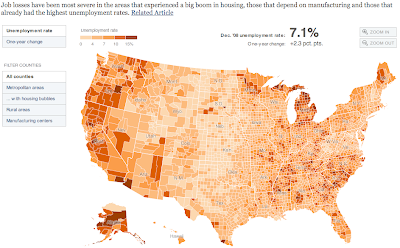Or: Why President Obama must deal with the torture issue now
It got really cliche when supporters countered critics of Obama’s bold agenda by saying the president was capable of walking and chewing gum at the same time.
Even some people in the administration kept saying that. If he can work on Iraq, Afghanistan, the economy, and health care all at the same time – since he does have all these people working for him – it seems theoretically possible to do some other things simultaneously as well.
Robert Gibbs, the press secretary, says Obama is focused on “looking forward” and not back, which is supposed to be a good enough explanation for his disinterest in following the law and investigating and prosecuting those in the previous administration who authorized or carried out torture.
If Obama were the only person in charge of doing everything at once, this might be a reasonable thing to say. But he’s not. He’s the head of a gigantic administration (and he could, for that matter, leave it entirely up to the U.S. Dept. of Justice, like he’s supposed to, and not worry about it). That means it’s possible for the administration to be looking forward and back at the same time.
Like Janus, the Roman god of doorways and the namesake of the month of January:

But on a serious note… think about it this way: If people committed crimes in the previous administration (and the evidence is overwhelming that they did), then they should be prosecuted. Because what sort of signal does it send to less-than-honest people in current and future administrations? If we prosecute, it tells people they can’t get away with it just because they’re out of office. If we don’t prosecute, it tells them that laws don’t mean anything because everyone will be ready to move on and “look forward.”
It doesn’t make sense to me that we should just “look forward.” That’s the same argument that Gerald Ford used in pardoning Nixon, and it pissed everyone off and may have cost him the 1976 election. Sure, it’s a distraction and it’s politically draining, but if we don’t hold up the law, does the law mean anything? Why bother writing laws if we never plan on enforcing them?
If we always cower because we don’t want to look like we’re politically motivated in carrying out the law, then it encourages further law-breaking. That’s not a slippery slope argument, it’s just reality. There are bad people out there who want to do illegal things, some of them will break the law anyway, but some of them will be stopped because they know there will be consequences.
Ta-Nehisi Coates has been looking at this in a different light, and he also makes these points and others better. Particularly, he suggests that there is a double standard for how the law gets enforced:
Endorsing justice, consequences, and “personal responsibility” for poor black fathers, as Obama does for instance, is moral, upstanding, and honest. Endorsing justice, consequences and “personal responsibility” for your colleagues who are charged with safegaurding the future of hundreds of millions of people is, apparently, mere retribution. What a joke.
Our country is based on the rule of law. If we enforce the laws for the poor minorities, we also have to enforce the laws for the powerful, rich white guys. I’d like to see these right-wing nuts stop defending illegal torture and start calling for enforcement of these laws, just as loud as they call for enforcing immigration laws and other such things.
We don’t get to pick and choose.
NATE UPDATE: More TNC on moving forward
Here’s what TNC actually thinks about “moving forward”
There’s a bar in the East Village that offers five shots of anything for ten bucks. I’m going there tonight, and taking 10 shots of anything the crowd reccommends. Then I’m going to stand on the street soliciting random women for sex. Should I be arrested I shall have the perfect rejoinder, “Officer, I think we should focus on looking forward.” Should I be slapped, I’ll have the perfect rebuttal, “Baby, I think we really should be focused on looking forward.” Should I succeed and come home, hung-over, and have to face my spouse’s accusing eyes, I shall be armed with the perfect riposte, “This relationship should focus on looking forward.”
This post originally appeared on Starboard Broadside.



